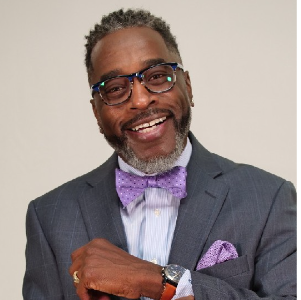On Friday June 14th, we had the pleasure of participating in certified music therapist, Joshua Pearl’s presentation. A professional musician by training, Joshua Pearl decided to become a certified music therapist after a health diagnosis compelled him to support others through a medium that has had great impact on him.
At the beginning of the presentation, Joshua had us go around to speak briefly about what music meant for us. Strikingly, the answers were both extremely different and oftentimes overlapping. We spoke of the power of music in our lives to access and process emotions, to get into and out of our bodies. Answers ranged from music representing various times in our lives, to representing relationships we’ve had. Music has been the precipice for transcendence, for spiritual experiences, a means of personal expression and access to other dimensions. Music has fostered a state of flow, been a companion in hard times, and an aid to isolation.
Beginning to speak to the specifics of music therapy, Joshua explained how “music as therapy transcends the field of music therapy”. Anyone has access to experience music therapeutically, but the field of music therapy began after WWII. With so many veterans coming back with severe trauma, therapists sought an alternative to traditional therapy. Upon its inception, music therapy has been viewed from both a behavioral and humanistic lens. Originally conceived as a way to alter human behavior, the wave of humanism in the 1970s brought forth the notion that music could be deeply personal and spiritual.
From here, contemporary music therapy gained most of its traction. Today, we see it consisting of several key elements: supportive, re-educative, and transformative. Firstly, music therapy is supportive—It helps populations dealing with any number of ailments, from chronic pain, developmental delays, mortality, etc., to feel better and regulate their emotions. From a re-educative perspective, music therapy can be incorporated educationally. And from a transformative perspective, music therapy can be implemented to facilitate journeys into oneself, taking the form of guided imagery and experiencing.
There are multiple models through which music therapy can be viewed, but Joshua Pearl focused on how he felt it to be aligned with the Existential Humanist perspectives. Namely, music fosters connection to oneself and others, and a sense of wellbeing. Arguably, any form of self-expression is inherently humanistic, informed by ones relationship to oneself, others, and human experience as a whole.
Another inherently humanistic principle central to music therapy is the ISO principle, which involves tuning into a person in musical parameters—seeing how they talk, walk, and present themselves. The job of the music therapist, then, is to match this. This, in and of itself, could be considered making music together. It is, essentially, attunement.
Next in the presentation, we listened to a song, analyzing it for its existential themes. And after we’d talked for an hour, we engaged in an experiential exercise—we played music together! Joshua brought different types of drums, tambourines, and other instruments. We simply started playing, and the music synchronized. Joshua pointed out that as a group of trained listeners, he was struck by how quickly we synchronized.
Learning the power that music has had in so many of our lives was quite striking. Notably, not one person lacked an answer for how music had moved them. It seemed, in some way or other, to have touched us all.




